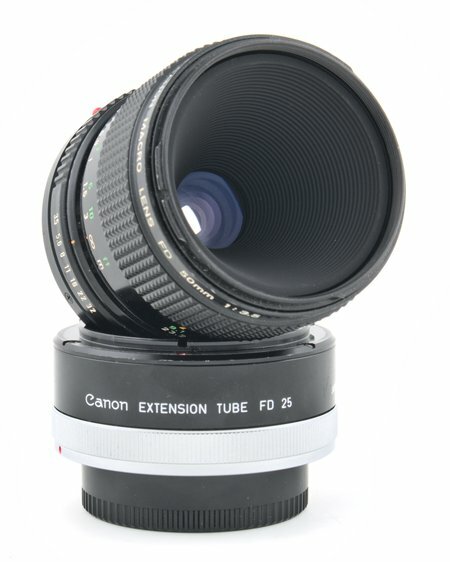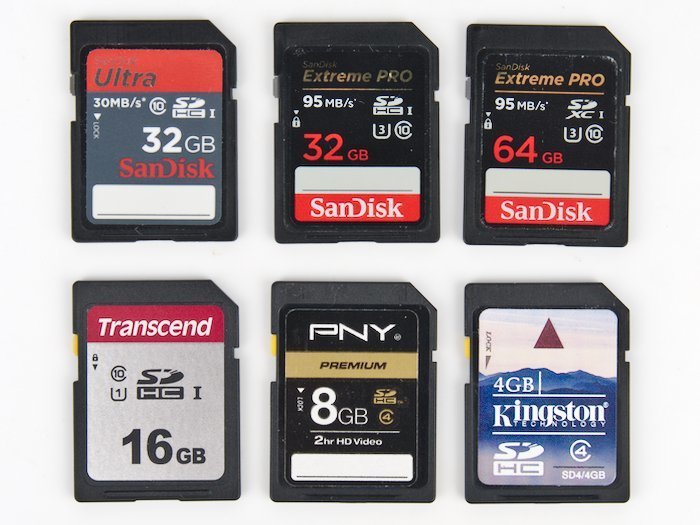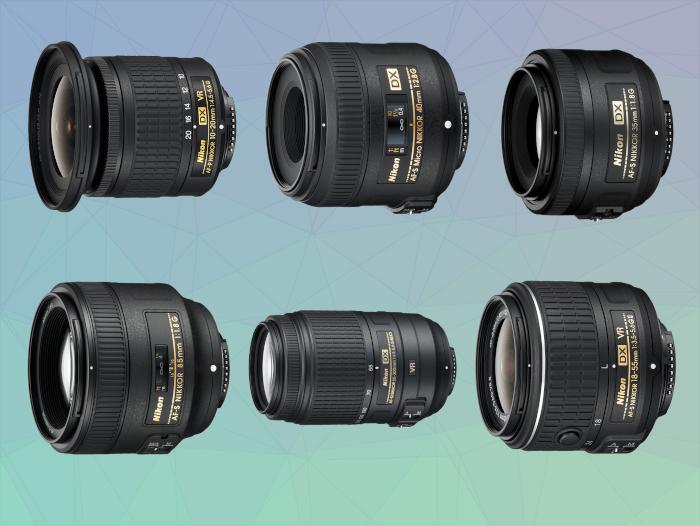
The Best Nikon D7000 Lenses
- Nathaniel Stephan
- Nikon d7000
- October 19, 2022
Table of Contents
When diving into the world of photography, the Nikon D7000 is a fantastic camera that opens up a universe of possibilities. Armed with an F-mount, it has access to a wide range of both new and old lenses. However, understanding lens compatibility and the type of lenses suitable for different kinds of photography is key to getting the most out of your Nikon D7000.
There’s an abundance of lenses available on the market, from prime lenses to zoom, wide-angle, and more. These are all designed to cater to different photography styles. Additionally, buying lenses can be a significant investment, but there are ways to save money, such as purchasing used lenses, which can often offer great value without compromising the image quality.
Affiliate Advertising Disclosure
Outside the Shot is a participant in the Amazon Services LLC Associates Program, an affiliate advertising program designed to provide a means for sites to earn advertising fees by advertising and linking to Amazon.com.
As an eBay Partner, I may be compensated if you make a purchase. I also participate in affiliate advertising programs with KEH and Adorama. More can be found on the Affiliate Disclosure page.
Nikon D7000 Lens Compatibility
| Type of Lens | Compatibility | Notes |
|---|---|---|
| AI-P NIKKOR | Full | Except 3D Color Matrix Metering II |
| DX AF NIKKOR | Full | - |
| Other AF NIKKOR | Full | Except 3D Color Matrix Metering II |
| Type G or D AF NIKKOR | Full | - |
| Non-CPU (AI lenses only) | Limited | Can be used in modes A and M with user-provided lens data |
| PC Micro-NIKKOR | Limited | Does not support some functions |
| Lenses with Maximum Aperture f/5.6 or Faster | Limited | The electronic rangefinder can be used |
| AF NIKKOR for F3AF | None | Not supported |
| IX NIKKOR | None | Cannot be used |
The Nikon D7000 utilizes Nikon’s F-mount system, allowing it to work with a wide variety of lenses. However, some lenses offer full functionality, while others may have limited compatibility or be completely incompatible.
Compatible Lenses
These are the lenses that offer full or most functions when used with the Nikon D7000:
- AI-P NIKKOR: All functions are supported except 3D Color Matrix Metering II.
- DX AF NIKKOR: All functions are supported.
- Other AF NIKKOR: All functions are supported except 3D Color Matrix Metering II.
- Type G or D AF NIKKOR: All functions are supported.
Limited Compatibility Lenses
Some lenses may work with the Nikon D7000 but with some limitations:
- Non-CPU: Can be used in modes A and M; Color Matrix Metering and Aperture Value Display are supported if the user provides lens data (AI lenses only).
- PC Micro-NIKKOR: This lens does not support some functions.
- Lenses with Maximum Aperture f/5.6 or Faster: The electronic rangefinder can be used.
Incompatible Lenses
These lenses cannot be used with the Nikon D7000:
- AF NIKKOR for F3AF: This lens is not supported.
- IX NIKKOR Lenses: These lenses cannot be used.
What Lenses are Good for What Types of Photography
Different lenses cater to varying types of photography.
Prime lenses, like the Nikon AF-S DX Nikkor 35mm f/1.8G, are perfect for portraits and low-light conditions due to their wide apertures. They will allow the use of a faster shutter speed.
Zoom lenses, such as the Nikon AF-S DX Nikkor 55-300mm f/4.5-5.6G ED VR, are versatile and ideal for wildlife, sports, and events where you can’t always control the distance between you and the subject. Lenses with faster autofocus motors are better suited for ontinuous shooting.
Wide-angle lenses, like the Nikon AF-S DX Nikkor 10-24mm f/3.5-4.5G ED, excel in landscape and architecture photography.
Macro lenses are designed for close-ups and can produce stunning detail in small subjects, making them perfect for nature or product photography.
DX vs FX Lenses on Nikon D7000
The Nikon D7000 is a APS-C format camera, meaning it uses a sensor that is smaller than the full 35mm frame size. The difference between using DX and FX lenses on a DX-format camera like the D7000 lies primarily in the field of view captured (frame coverage), the effect on the apparent focal length, and the overall image quality.
DX Lenses
Frame Coverage: DX lenses are specifically designed for the smaller sensor size of DX-format cameras. They project an image circle that covers the DX sensor entirely but is smaller than a full-frame (FX) sensor. Thus, when used on a DX camera like the D7000, they provide the field of view expected from their focal length.
Image Quality: Since DX lenses are designed to match the DX sensor size, they provide optimal image quality across the entire frame. There’s less risk of vignetting or loss of sharpness towards the edges compared to using an FX lens on a DX camera.
FX Lenses
Frame Coverage: FX lenses are designed for full-frame (35mm) sensors. They project a larger image circle that covers an FX sensor entirely. When used on a DX camera like the D7000, only the center part of the image circle is used. This results in a “crop factor” effect, effectively increasing the apparent focal length by 1.5 times. For example, a 50mm FX lens will have the field of view of a 75mm lens when used on a D7000.
Image Quality: FX lenses typically offer superior optical performance. However, when used on a DX camera, you’re primarily using the center of the lens, which is usually the sharpest part. This can potentially improve image quality. On the flip side, FX lenses are generally larger and heavier than their DX counterparts, and can be overkill for a DX sensor in terms of size, weight, and cost.
In summary, while both DX and FX lenses can be used on the Nikon D7000, DX lenses are specifically designed for the DX format and provide a field of view matching their stated focal length. FX lenses, on the other hand, provide a narrower field of view due to the crop factor, and while they may offer superior optics, they are typically larger, heavier, and more expensive.
Best Zoom Lenses for Nikon D7000
One of the most affordable and practical zoom lens is the Nikon 18-55mm f/3.5-5.6 G, which was the kit Nikon D7000 lens. The 18-55mm f/3.5-5.6 is going to be omitted as a large percentage people likely already own it.
Wide zoom lenses are included further down the page.
Telephoto zoom lenses are excellent with the Nikon D7000 for sports,wildlife, action, portraits, or any distant subject.
Nikon 55-300mm f/4.5-5.6G ED VR
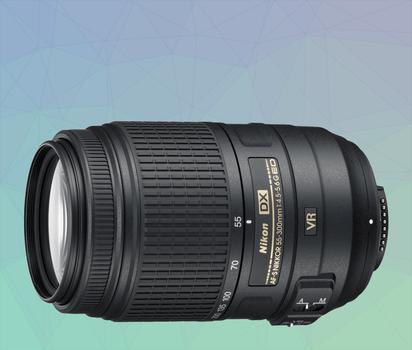
- Silent Wave Motor for Fast and Quiet Autofocus
- Vibration Reduction Image Stabilization for Sharp Handheld Shots
- Provides a Massive Focal Length Coverage
- Great Lens for Wildlife Photography with the Nikon D7000
See current price and more information on:
The primary draw of the Nikon 55-300mm f/4.5-5.6 G is the range the lens has partnered with image stabilization. It is going to be an excellent choice anytime you find it challenging to move nearer to what you want to photograph. Like the other zooms, the aperture of f/5.6 at the far end of the zoom range is smaller than ideal, better options cost a lot more.
You won’t have to break the bank to get this piece of glass. There are plenty of second-hand lenses available for purchase as it was included with the Nikon D5500, D5600, and D3400.
In order to span the large zoom range, the lens is made up of 17 elements in 11 groups. Two of the elements are extra-low dispersion and one is a high refractive index element to ensure sharp images.
It weighs in at 580g (18.7 oz), with dimensions of (Diameter x Length) 3.0 in. (76.5 mm) x 4.8 in. (123 mm). While not small, it can still easily be carried around on the camera or in your bag.
Nikon 55-200mm f/4-5.6G ED IF AF-S DX VR
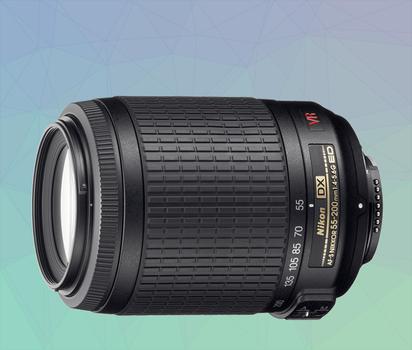
- Excellent Value When Purchased Second hand
- Silent Wave Motor for Accurate Autofocus
- Fantastic for Wildlife, Sports, Action, & Portraits
- 2 Extra-Low Dispersion (ED) Lens Elements
- (VR) Vibration Reduction Image Stabilization
See current price and more information on:
The Nikon 55-200mm f/4-5. 6G was often sold with the D3200, D3300, and D3100 dslrs. It’s a unbelievable deal when purchased used.
A copy in decent cosmetic condition is found for not even half the price of a second-hand Nikon 55-300mm.
The only downside of the 55-200mm is the 100mm reduction in reach. It still has VR image stabilization and to help you get sharp images when shooting hand-held.
One beneficial thing about the lens is that carrying it around won’t be a challenge. It weighs 335g (11.8 oz) with dimensions of (Diameter x Length) 2.9 in. (73.6 mm) x 3.9 in. (99.5 mm).
Tamron 70-300mm f/4.0-5.6 Di LD
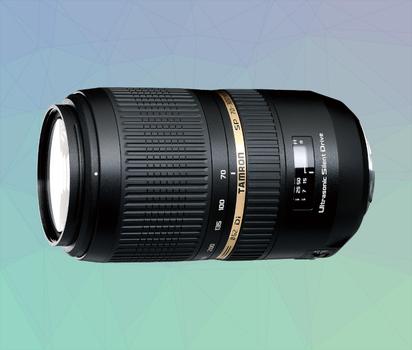
- Ultra Silent Drive (USD) Autofocus Motor
- Extra Low Dispersion (XLD) Glass Element
- Broad-Band Anti-Reflection (BBAR) Lens Coating
- 9 Aperture Blades for Beautiful Bokeh
- Minimal focus distance 59.1"
See current price and more information on:
The Tamron 70-300mm is a great alternative if you want 300mm of reach, but don’t want to pay for the 55-300mm from Nikon.
One big downside is that there is no image stabilization. This will make it difficult to get sharp images hand holding the lens.
Comparable optical image stabilization is incorporated in the Tamron as found in the Nikons. All of them have extra-low dispersion elements and anti-reflective lens coatings.
The lens weighs 16.1oz (458g). It has a length of 5.6" and diameter of 3.2".
Best Wide Angle Lenses
A wide angle lens is very useful for landscapes, astrophotography, architecture, group photos, real estate photography, and more.
One thing to watch out for is the wide angle causing strong distortion. Portraits can be a challenge as noses or any body part close to the camera lens will appear unusually large.
An advantage of a wide angle is that image stabilization is significantly less important. Little movements or vibrations are less likely to be noticed in an image.
Having a big maximum aperture is beneficial for astrophotography. {For the best possible results, you want at least a f/4, if not f/2.8 aperture|In order to get the absolute best images, you want the maximum aperture to be at least f/4.
Tokina 11-16mm f/2.8 AT-X116 Pro DX II
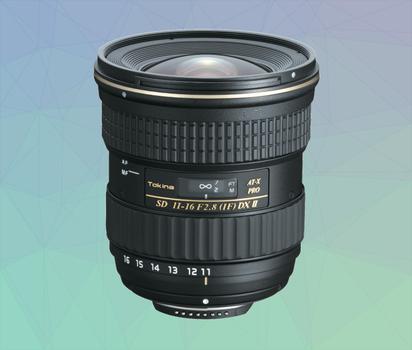
- Perfect selection for night photography
- Fast f/2.8 Maximum Aperture
- 77mm Front Filter Threads
- Focus Clutch Style M/A Selector
See current price and more information on:
The Tokina 11-16mm f/2.8 is fast and sharp. With a large aperture, this lens is an excellent pick for astrophotography.
One key feature of the lens is the focus clutch that controls changing between manual mode and autofocus. To switch focus, the entire focus ring is either pushed forward or pulled back.
The built-in autofocus motor is loud. This tends to be a big problem if you want quiet operation when shooting at an event.
The lens is somewhat large, weighing 550g (1.21 lbs) with dimensions of 4.02 x 4.02 x 4.02 in (L x W x H)
Be aware when you go to order the lens. Tokina also makes versions that use a different lens mount like the Canon EF or Sony A mounts. Make sure the lens you decide to buy is compatible with the Nikon F-mount.
Sigma 10-20mm f/3.5 EX DC HSM ELD SLD Aspherical
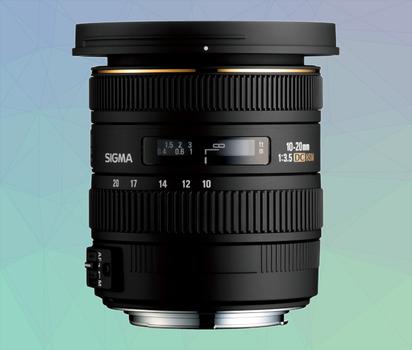
- Hyper-Sonic Motor (HSM)
- Ultra-wide angle lens
- Internal Focus and Excellent Build Quality
- Super Multi-Layer Coating
- Built with Aspherical Elements that Reduce Distortion
See current price and more information on:
The Sigma 10-20mm f/3.5 falls into the same price range as the Tokina 11-16mm f/2.8. It has a larger zoom range, but a slightly smaller maximum aperture.
At 10mm the lens is going to produce an exaggerated distorted perspective. You’re likely going to see distortion, which you can reduce through post-processing.
4 aspherical elements have been utilized to help reduce distortion and aberrations. In total there are 13 lens elements in 10 groups to ensure the best image quality possible.
All that glass doesn’t make the lens too heavy, coming in at a weight of 520g (18.3 oz). Dimensions are diameter of 3.4" (87.3mm) and length of 3.5" (88.2mm).
Be careful if you are looking to purchase this lens. Sigma also made copies of the lens for other DSLR camera mounts including, Canon EF, Sony A, and Pentax K mounts. Make sure the one you buy uses the Nikon F lens mount.
Best Telephoto Lenses
The 55-300mm & 55-200mm lenses covered in the zoom section are also the lenses to look for first if you need a telephoto lens.
This section is going to take a look at telephoto prime lenses for sports, action, wildlife, and portrait photography. There is no shortage of these lenses available for the Nikon F-mount.
However, telephoto prime lenses tend to be expensive because the amount of optics that need to be utilized. The weight of the lens and ergonomics when mounted on a camera body need to be taken into account. The right lens the one that is easy to handle and use so you can capture memorable pictures.
Nikon AF-S Nikkor 85mm f/1.8G
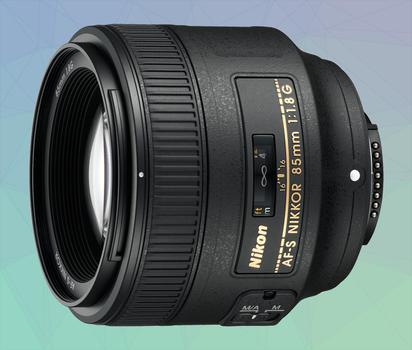
- Best Lens for Portraits
- Internal Focus (IF)
- Silent Wave Motor (SWM)
- Superb Color Reproduction
See current price and more information on:
The Nikon 85mm f/1.8G is one of the best Nikon lenses for professional photographers. It is a fast lens that delivers excellent images and pleasing bokeh.
The 85mm 1.8G is a full frame lens. You’ll notice two differences when comparing it against a DX lens.
First, full frame lenses are usually more expensive than DX lenses. They have larger lens elements, which translates to additional cost.
Second, the lens is larger than many DX lenses. While not a huge issue, if you plan to carry it around with another lens, you’ll definitely need a bag.
Nikon AF-S FX Nikkor 50mm f/1.8G
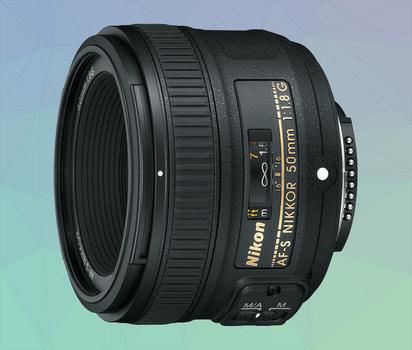
- Very Good Lens with a Fast Aperture
- Silent Wave Motor (SWM)
- Small and Lightweight
- Excellent Choice for Low Light Photography
See current price and more information on:
Taking the crop factor focal length multiplier into account, this lens could be looked at a short telephoto. It is a reasonably priced fast prime that can be used for portraits and indoor photography.
The FX 50mm f/1.8G provides more reach than the DX 35mm f/1.8G, while still having a comparable price.
There won’t huge differences between the lenses. With the 50mm, you’ll get a bit more reach and blurring the background will be much easier.
It weighs 185g (6.6 oz) and has dimensions of (Diameter x Length) 2.83" x 2.01".
Best First Prime
Nikon AF-S DX 35mm f/1.8G
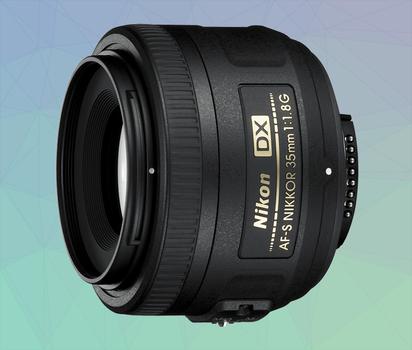
- Very Accurate Autofocus Performance
- Takes Excellent Pictures in Difficult Lighting Situations
- Excellent Nikon D7000 lens for street photography
- High Build Quality
- Best option for an all around lens
See current price and more information on:
The Nikon AF-S DX 35mm f/1.8G is the best first prime lens to get for the Nikon D7000.
A maximum aperture of f/1.8, means you’ll be able to isolate your subjects and create beautiful bokeh. Indoors the lens is fast enough to where you will not need to use flash.
With a 35mm equivalent field of view of 52.5mm, you’ll have a “standard” field of view. Your photos will have a perspective that is similar to what is seen by human eyes.
Weighing just 200g (7oz), there’s never a reason not to have the lens with you. With dimensions of (Diameter x Length) 2.8 in. (70 mm) x 2.1 in. (52.5 mm), you can easily keep it in a coat pocket or bag.
Macro Photography Best Nikon D7000 Lenses
Macro photography starts with a reproduction ratio of 1:1. That 1:1 ratio can also be referred to as life size or 1X magnification.
Those terms all mean that the subject being photographed is the same size as the camera’s sensor. Popular subjects are insects, coins, flowers, copy work and academic subjects.
There are other ways to achieve macro magnification, such as extensions tubes. Personally, I find that a macro lens easier to use and gives better results. That’s because a macro lens has a large minimum focus distance.
As a quick note, Nikon branded their macros as Micro-Nikkor lenses. This is a constant source of confusion as micro and macro have opposite meanings.
Nikon Micro-Nikkor 40mm f/2.8G
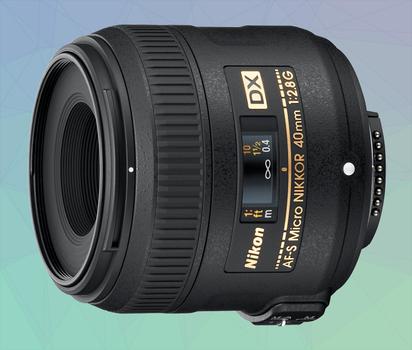
- Close-Range Correction System (CRC)
- Silent Wave Motor (SWM)
- Maximum Reproduction Ratio of 1X
- Well Built with a Rubber Sealing Mount Protects Against Dust and Moisture
- Excellent option for Close Ups
See current price and more information on:
The Nikon Micro-Nikkor 40mm f/2.8G is the best option for getting started with macro and close-up photography with the Nikon D7000.
As far as modern macro lenses go, the lens is relatively inexpensive. It also has a high-quality autofocus motor and uses current optics.
This means the lens can also be utilized for general photography. That’s not the case with older macros, as their image quality only becomes sharp after the lens has been stopped down.
The lens weighs 235g (8.3 oz) with dimensions (diameter x length) of 2.7 in. (68.5 mm) x 2.5 in. (64.5 mm).
Nikon AF-S DX Micro Nikkor 85mm f/3.5G ED VR
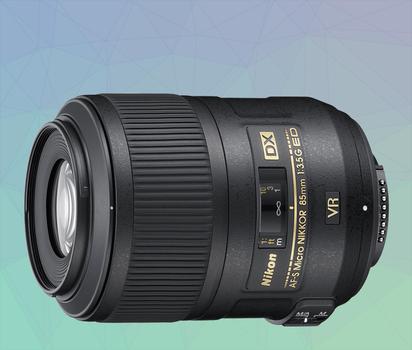
- Super Integrated Coating (SIC) to reduce Chromatic Aberration
- Maximum Reproduction Ratio of 1X
- Built with Internal Focus (IF)
- VR - Vibration Reduction Image Stabilization
See current price and more information on:
The primary benefit of the 85mm macro lens over the 40mm is a longer working distance. That’s the distance from the front of the lens to the subject.
At 1X magnification, the front of the lens is going to be close to the subject. If you are trying to photograph an insect, this may cause them to try to get away.
Another issue could be properly lighting a subject. Depending on your light source it could be a challenge to get it setup without the lens blocking it.
The downside is that a little more working distance adds to the cost of the lens.
While not the primary purpose of the lens, it can be used for portraits, but the f/3.5 maximum aperture might not create the best background bokeh.
![24 Cameras Available Used for Under $500 [April, 2024]](https://www.outsidetheshot.com/under/cameras-under-500.webp)
